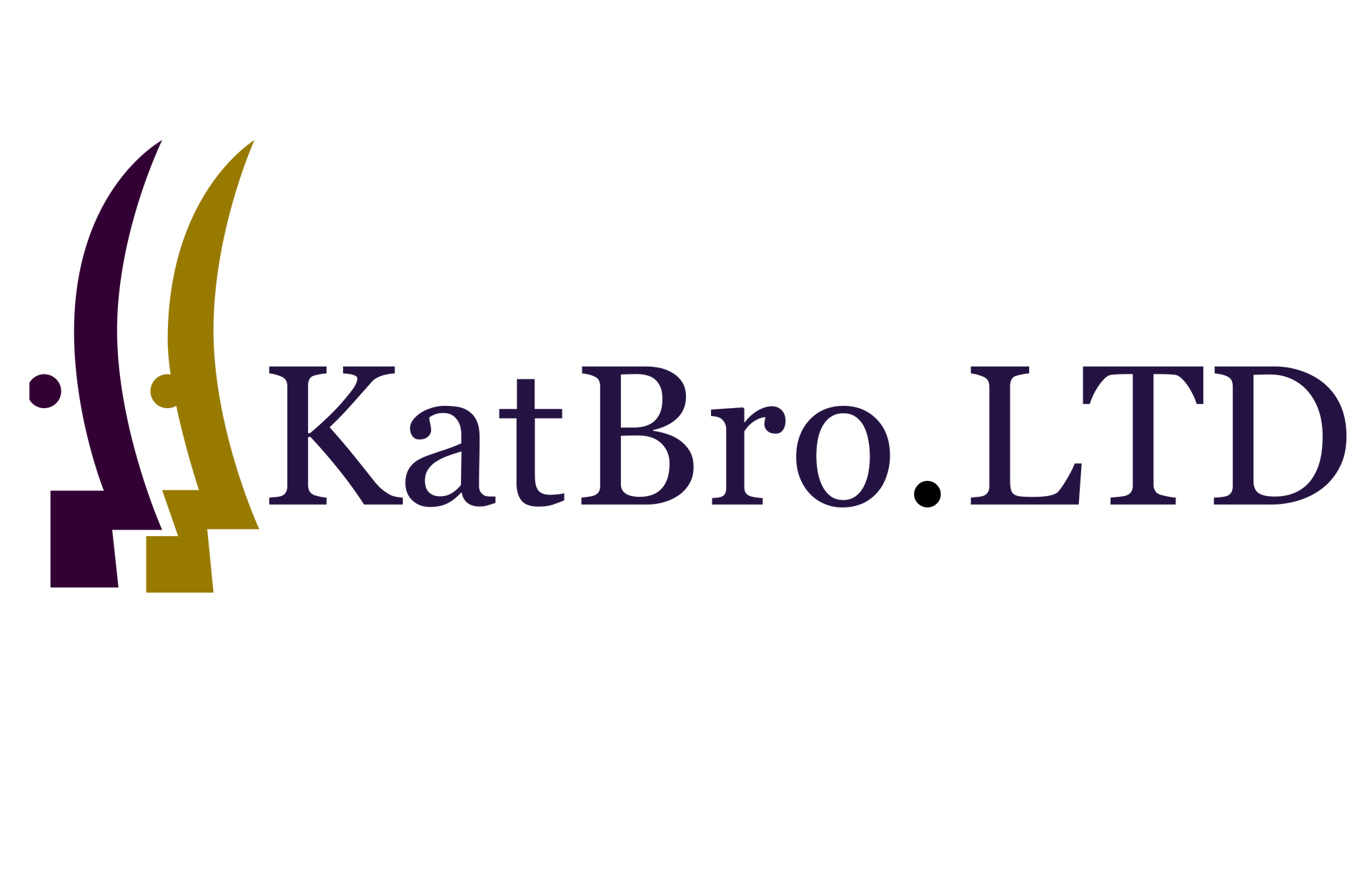Proven Strategies to Fill Your Event Spaces &Amplify Your Impact
This is paragraph text. Click it or hit the Manage Text button to change the font, color, size, format, and more. To set up site-wide paragraph and title styles, go to Site Theme.
All Great Events Start Here ⬇️
At KatBro, we know mission-driven organizations face unique challenges when it comes to event marketing: limited resources, crowded calendars, and the pressure to create real, measurable impact.
After 10 years of helping organizations fill rooms and spark movements, we've seen what works and what doesn't. This blueprint is your step-by-step guide to designing and executing events that not only attract attendees but also advance your mission.
No commercialized sales tactics just authentic, actionable strategies that deliver results.
Aligning Mission with Event Goals
Why Mission Alignment Matters
Events are powerful tools for advancing your organization's mission but only when every aspect of your event is purposefully designed to support your core objectives.
How to Align:
- Define what "success" looks like for this event. (Is it awareness, fundraising, engagement, or advocacy?)
- Ensure your event theme, speakers, and activities reinforce your mission.
- Communicate your "why" in every touchpoint.
Checklist: Are Your Event Goals Mission-Aligned?
- Event objectives are clearly stated and mission-focused.
- Every agenda item supports your larger organizational goals.
- Stakeholders and team members understand the event's purpose.
Audience Targeting for Maximum Impact
Who Should Be in the Room?
Not every event is for everyone. The more precisely you define your audience, the more likely you'll fill your space with the right people.
Checklist: Steps to Identify and Segment Your Audience
- What is your ideal attendee profiles (e.g., healthcare providers, community leaders, donors).
- Map their motivations4what will make them show up?
- Segment by role, influence, and engagement level.
Quick Template: Audience Mapping
| Segment | Motivation | Outreach Channel |
|---|---|---|
| Healthcare Staff | Professional Growth | Email, LinkedIn |
| Community Members2 | Local Impact | Facebook, Flyers |
Authentic Storytelling That Drives Attendance
Why Storytelling Works People remember stories, not statistics.
When you frame your event as part of a larger narrative, you create emotional investment.
Checklist: How to Craft Compelling Messaging
- Start with a real-world story that connects to your mission.
- Highlight the stakes: What happens if your work succeeds? If it doesn't?
- Use testimonials from past attendees or beneficiaries.
SAMPLE FRAMEWORK
- The Challenge: What problem are you addressing?
- The Journey: How is your organization (and this event) making a difference?
- The Invitation: Why should the reader join you now?
Multi-Channel Promotion Done Right
Don't Rely on Just One Channel:
Your audience is diverse. Meet them where they are.
Checklist: Best Practices
- Email: Personalized invitations and reminders.
- Social Media: Share stories, behind-the-scenes, and speaker spotlights.
- Partnerships: Leverage other organizations and influencers to amplify your reach.
- Community Outreach: Use local media, flyers, and word of mouth.
Sample Promotion Calendar:
| Timeline | Activity |
|---|---|
| 6 weeks out | Announce event, open registration |
| 4 weeks out | Share speaker/story highlights |
| 2 weeks out | Send reminder emails Final push |
| 1 week out | Final push on all channels |
| Post event | Thank you & impact recap |
Check list: Engagement Before, During, and After the Event
Pre-Event
- Send a welcome email with event details and mission highlights.
- Create a social media group or hashtag for early engagement.
During Event:
- Facilitate networking and interactive activities.
- Share the mission story live4through speakers, visuals, or testimonials.
Post-Event:
- Send a thank you message with key outcomes and impact.
- Invite feedback and ongoing participation.
Measuring Success: What to Track & Why
Key Event KPIs:
- Registration vs. attendance rate Audience engagement (Q&A, social shares, feedback)
- Mission impact (funds raised, volunteer sign-ups, new partnerships)
Simple Tracking Template:
| Metric | Target | Actuals | Notes |
|---|---|---|---|
| Attendees | 100 | 120 | Exceeded goal |
| Funds Raised | 5000 | 4500 | Slightly short |
| New Contacts | 50 | 60 | Good networking |
KatBro's "Finally, RESULTS!" Checklist
✔️ Mission and event goals are aligned and clearly communicated
📖 Story-driven messaging is used in all promotions
🗣️ Engagement planned for before, during, and after the event
👥 Audience is well-defined and segmented
📆 Multi-channel promotion calendar is in place
📉Key metrics are set, tracked, and analyzed


